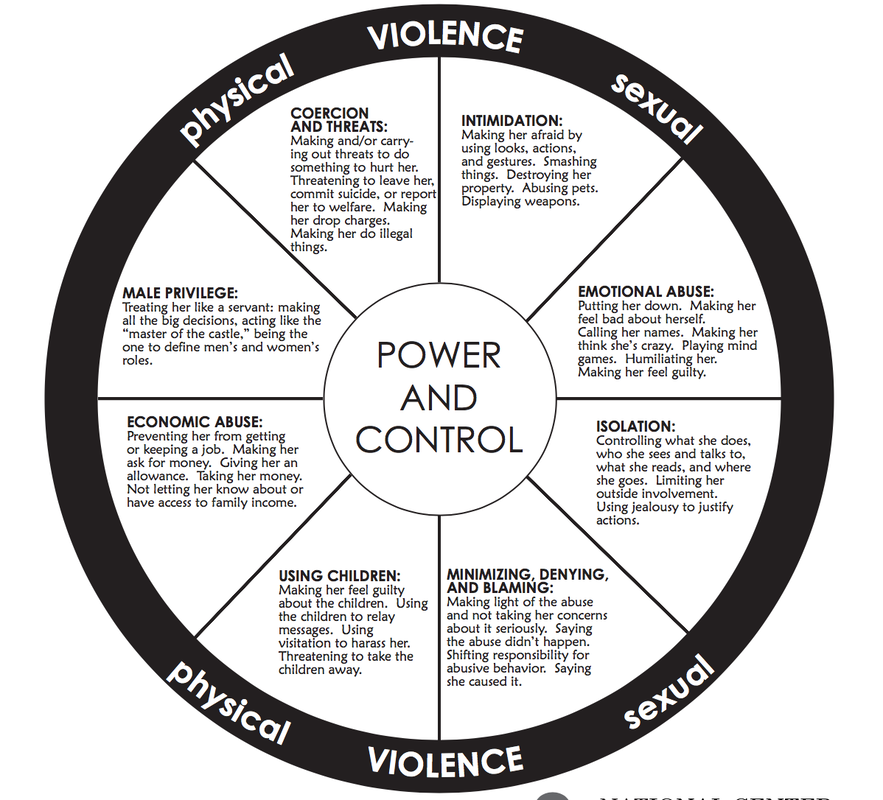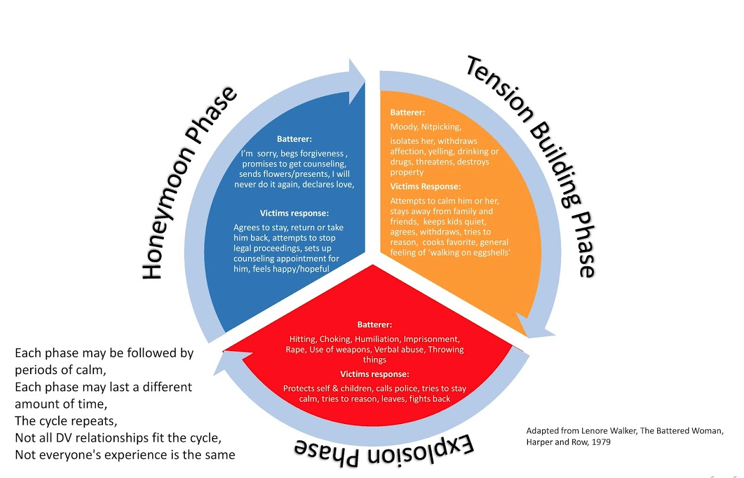What Is Domestic Violence?
Domestic violence is the willful intimidation, physical assault, battery, sexual assault, and/or other abusive behavior as
part of a systematic pattern of power and control perpetrated by one intimate partner against another.
It includes physical violence, sexual violence, psychological violence, and emotional abuse. The frequency and severity
of domestic violence can vary dramatically; however, the one constant component of domestic violence is
one partner’s consistent efforts to maintain power and control over the other.
Domestic violence is an epidemic affecting individuals in every community regardless of age, economic status,
sexual orientation, gender, race, religion, or nationality. It is often accompanied by emotionally abusive and
controlling behavior that is only a fraction of a systematic pattern of dominance and control.
Domestic violence can result in physical injury, psychological trauma, and in severe cases, even death.
The devastating physical, emotional, and psychological consequences of domestic violence can
cross generations and last a lifetime.
Domestic violence is the willful intimidation, physical assault, battery, sexual assault, and/or other abusive behavior as
part of a systematic pattern of power and control perpetrated by one intimate partner against another.
It includes physical violence, sexual violence, psychological violence, and emotional abuse. The frequency and severity
of domestic violence can vary dramatically; however, the one constant component of domestic violence is
one partner’s consistent efforts to maintain power and control over the other.
Domestic violence is an epidemic affecting individuals in every community regardless of age, economic status,
sexual orientation, gender, race, religion, or nationality. It is often accompanied by emotionally abusive and
controlling behavior that is only a fraction of a systematic pattern of dominance and control.
Domestic violence can result in physical injury, psychological trauma, and in severe cases, even death.
The devastating physical, emotional, and psychological consequences of domestic violence can
cross generations and last a lifetime.
|
Domestic Violence can be:
|
The Power and Control WheelThe Cycle of Violence |
Every 9 seconds in the U.S., a woman is assaulted or beaten.
(Texas Council on Family Violence)
(Texas Council on Family Violence)
What To Do
"Stay Away" Orders
Temporary Restraining Order vs. Protective Order
Temporary Restraining Orders and Protective Orders are sometimes used interchangeably BUT they serve different purposes.
A Temporary Restraining Order (TRO) can include orders necessary to protect your property, your safety, or the safety of your children until a temporary orders hearing can be held (source).
A Protective Order (PO) is different from a TRO.
If you or your children have experienced family violence, you may need a protective order.
A Temporary Restraining Order (TRO) can include orders necessary to protect your property, your safety, or the safety of your children until a temporary orders hearing can be held (source).
A Protective Order (PO) is different from a TRO.
If you or your children have experienced family violence, you may need a protective order.
What is a Protective Order?
A court order that protects you from someone who has been violent or threatened to be violent. Violence can include sexual assault. To learn more about Protective Orders, click the Protective Order Kit button below.
This resource will:
1. Answer FAQs about Protective Orders
2. Provide the information and documents needed for filing a Protective Order on your own
3. Give examples of what a properly completed Protective Order will look like
PRIVACY WARNING: If possible, use a computer that your abuser cannot access. Safer alternatives for browsing may include: a library, your work, a friend or family member's house.
This resource will:
1. Answer FAQs about Protective Orders
2. Provide the information and documents needed for filing a Protective Order on your own
3. Give examples of what a properly completed Protective Order will look like
PRIVACY WARNING: If possible, use a computer that your abuser cannot access. Safer alternatives for browsing may include: a library, your work, a friend or family member's house.
Copyright © 2023


